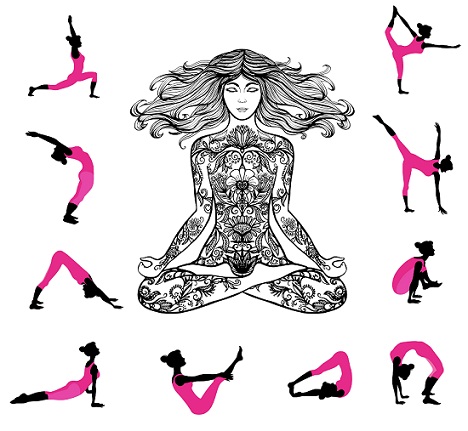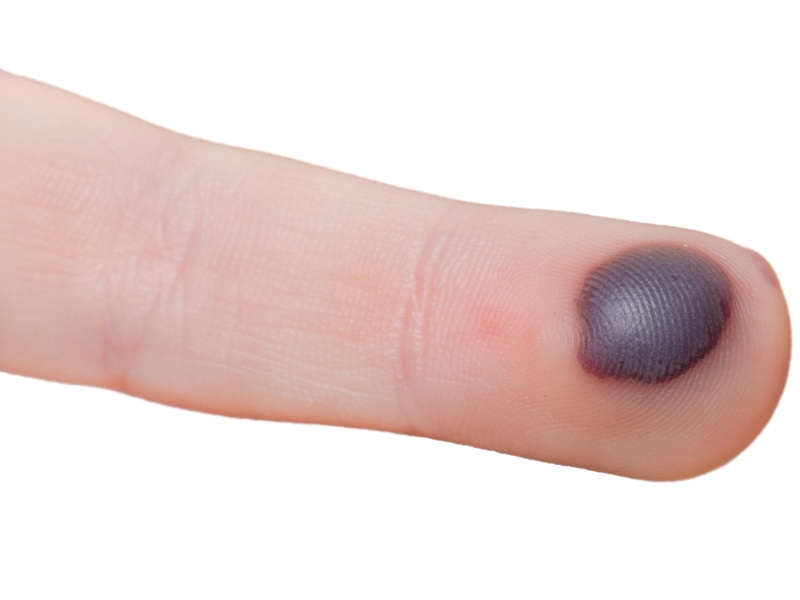History of Yoga And Its Meaning In Detail
See More:How To Do Surya Namaskar Steps
The Pre-Classical Touch:
The 200-odd Upanishads that came up during this era, cite, in various instances, the widespread discussions that were held about yoga in the Vedic era. These discussions were focused on three main topics – Brahman, Ataman, and the relation the two share. The term yoga was used for the first time in the Katha Upanishad, which came up during 400 BCE. Yoga, in that Scripture, has been defined as the exhibition of a strict control over the human senses with complete concentration, thus leading to a supreme state of bliss.
Upanishads also talk about nadis (veins) and the breathing techniques, however, the concept of chakras were introduced only during the eighth century. The Shvetashvatara Upanishad even talks about the relationship shared between breath and thoughts, how to gain control over the mind, and how beneficial could yoga be.
Mahabharata and Bhagavad-Gita also refer to the existence of yoga where they have been talked about as spiritual ways. In the latter, Krishna talks to Arjuna about three yoga types – karma, Jnana, and Bhakti, while the Shanti Parva of Mahabharata talks about Nirodha Yoga (Yoga of Cessation).
The Classical Indulgence:
The period between 200 BCE and 500 BCE – the Mauryan and Gupta times – various schools of beliefs came into existence. To be more precise, Hinduism, Jainism, and Buddhism were emerging slowly, and this paved way for the development of yoga.
The Patanjali Touch:
Raja Yoga and the various yoga sutras that came into existence with the Samkhyan and Buddhist influences have contributed immensely to today’s yoga. Patanjali is known popularly as the “compiler of the formal yoga philosophy”.
The Yogacara School:

Classic Hinduism gave birth of this form of yoga which was prevalent during the Gupta period. It described yoga as a guideline or skeleton for indulging in various practices that finally led to enlightenment.






















